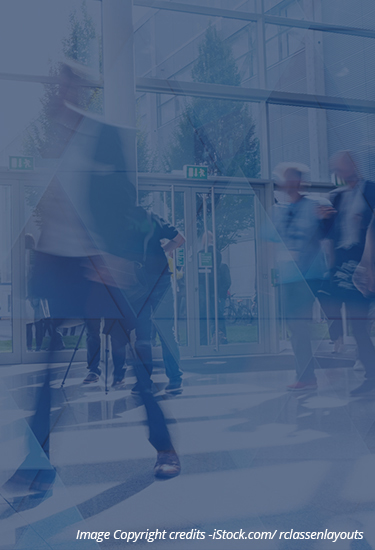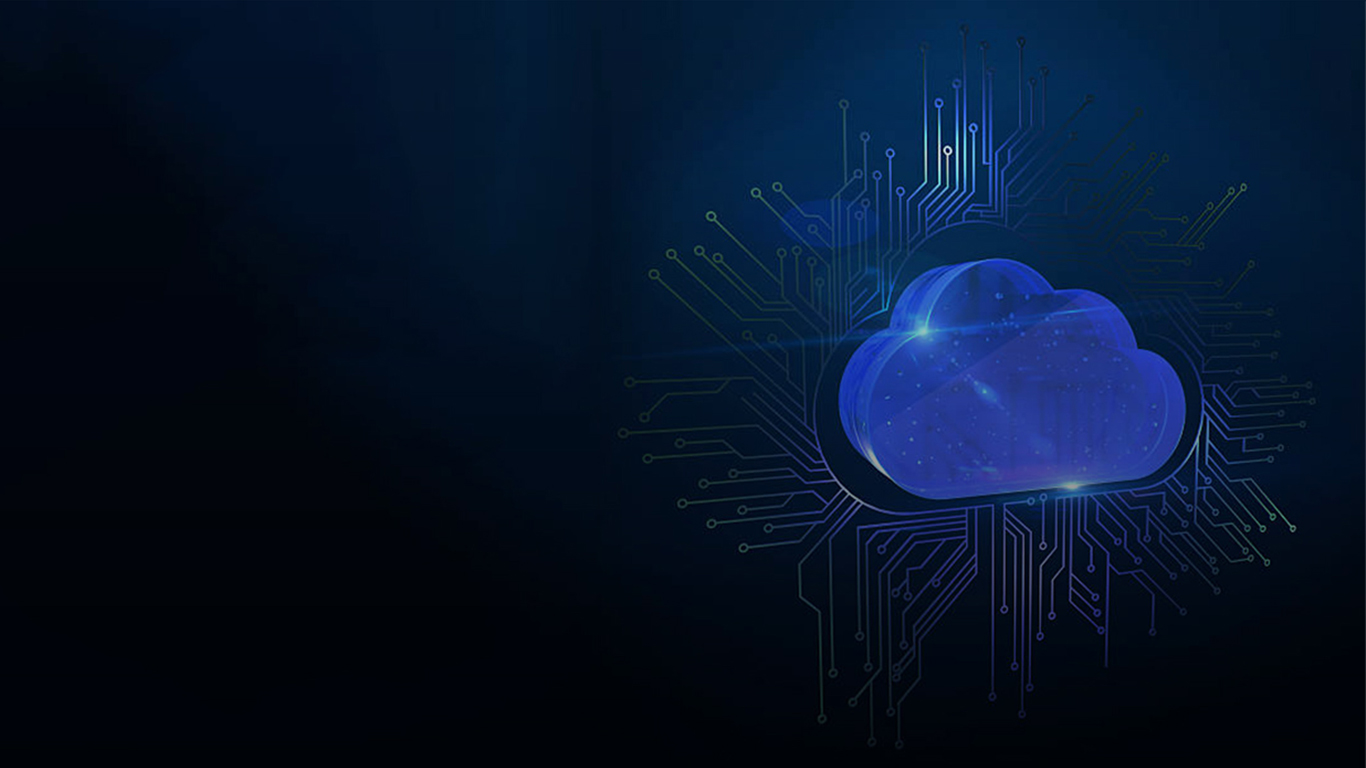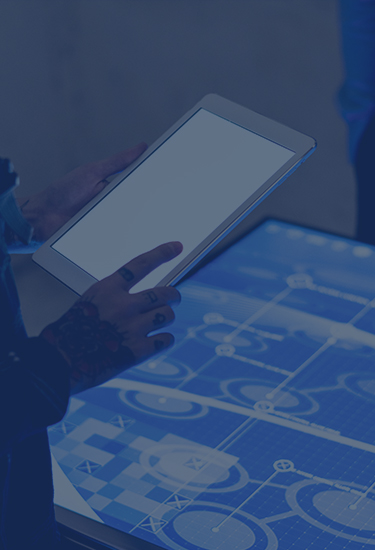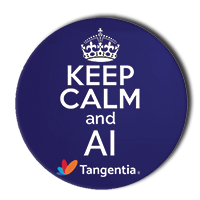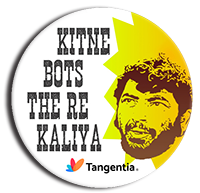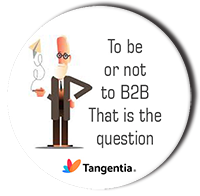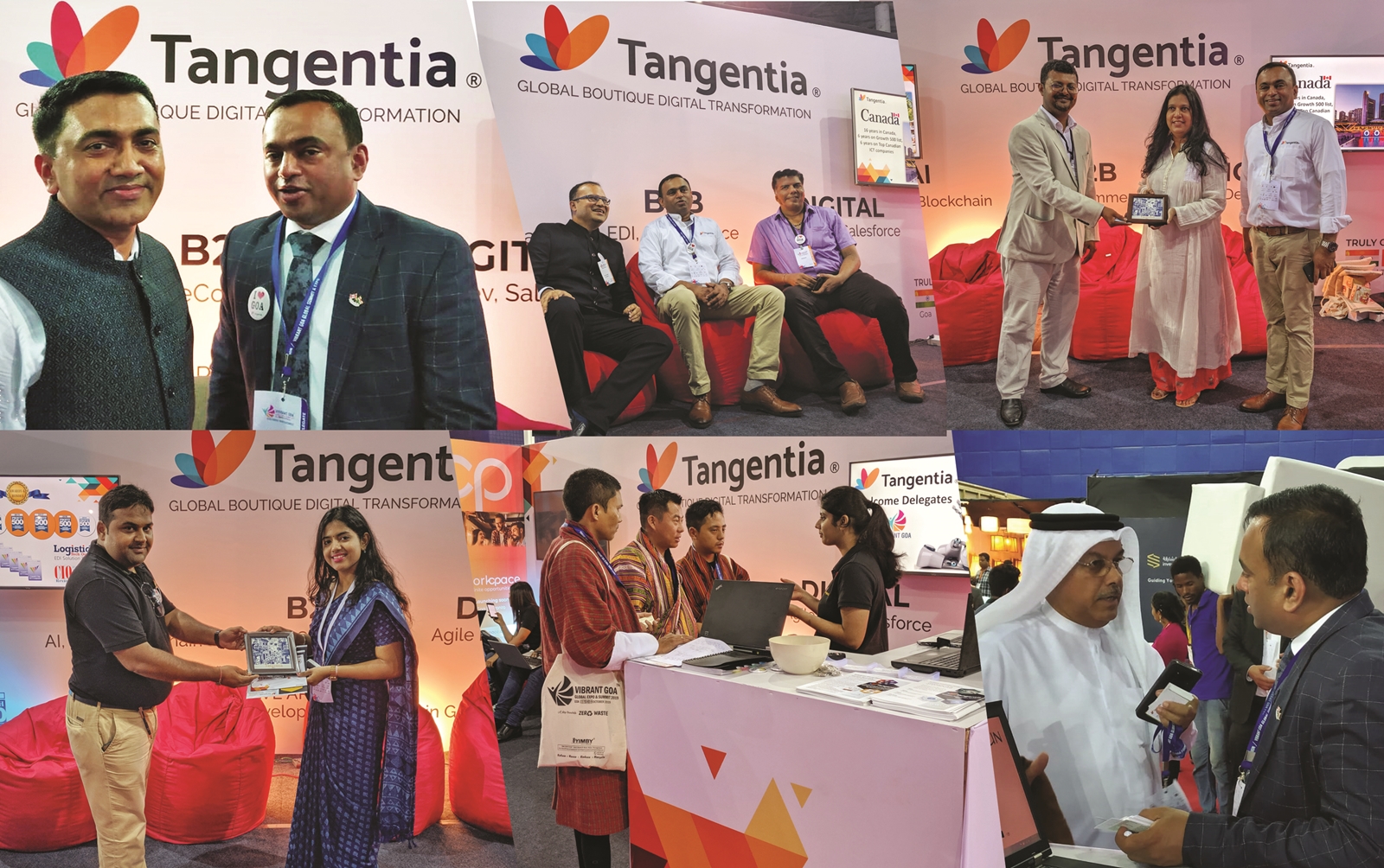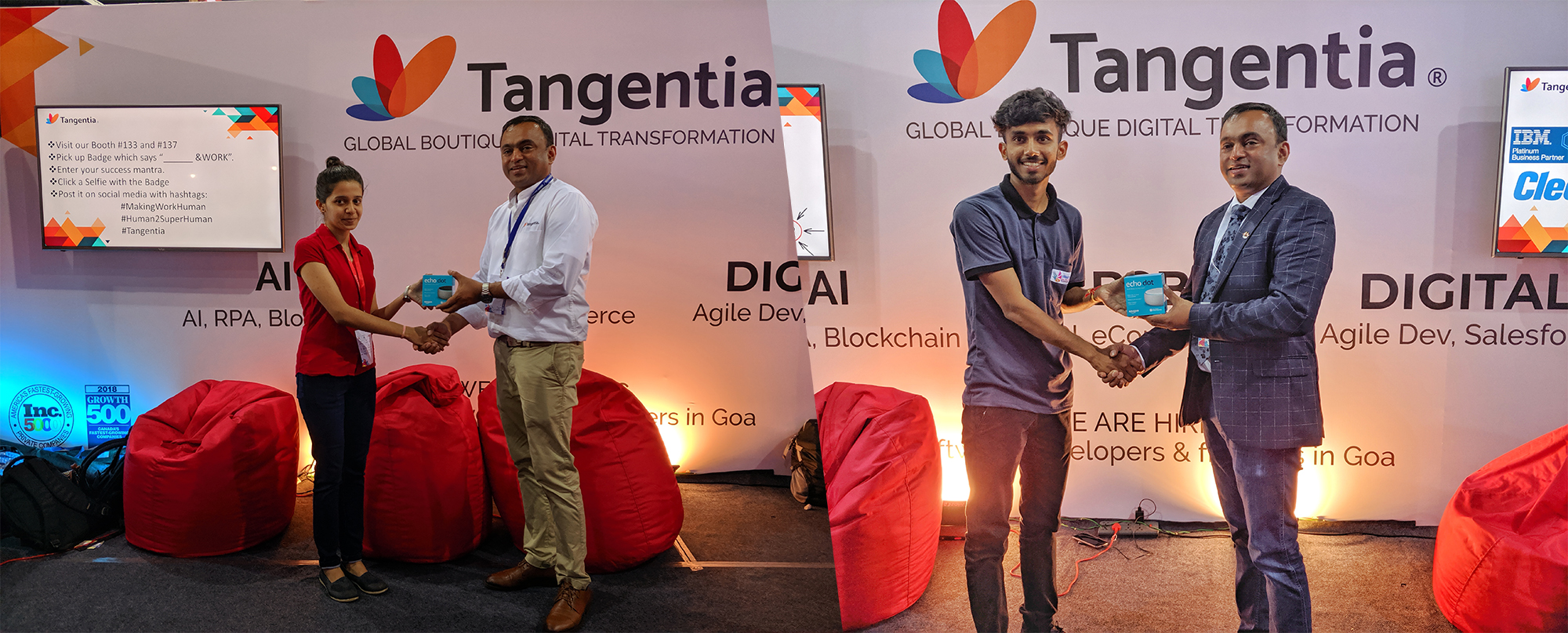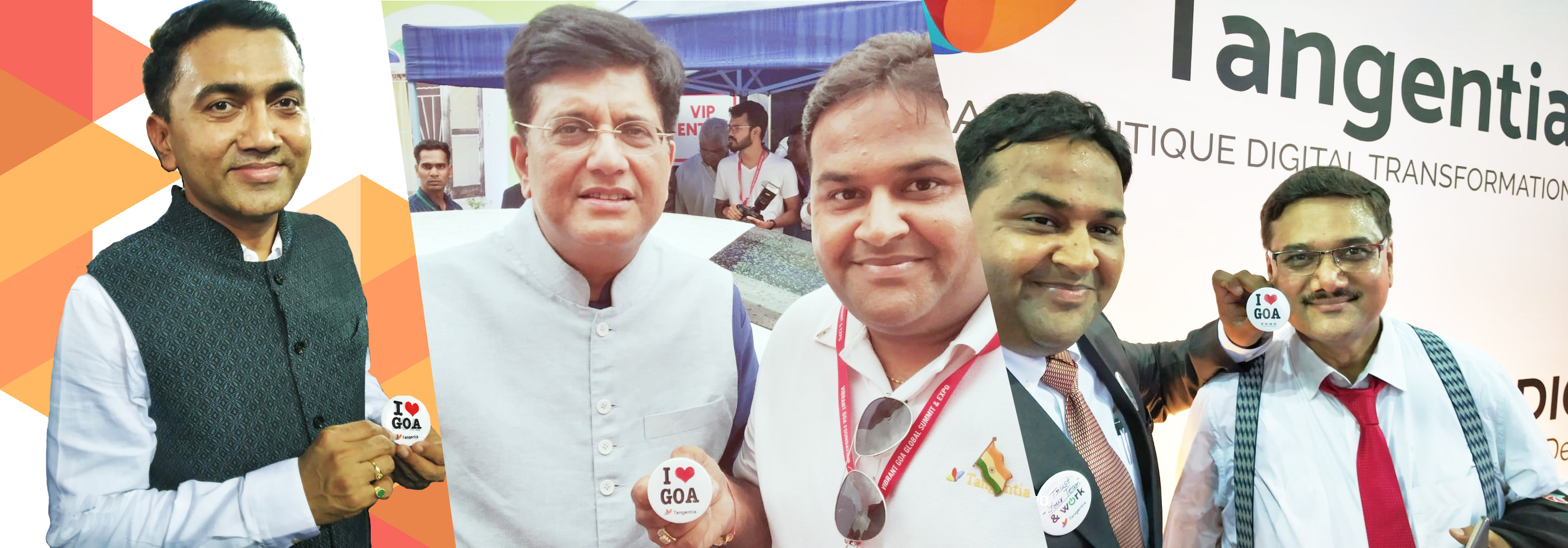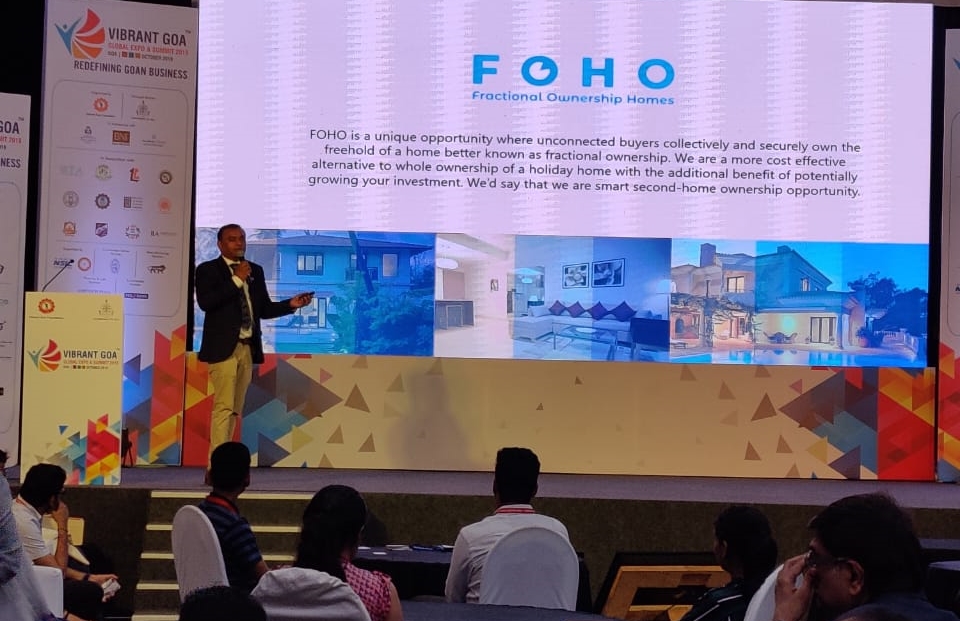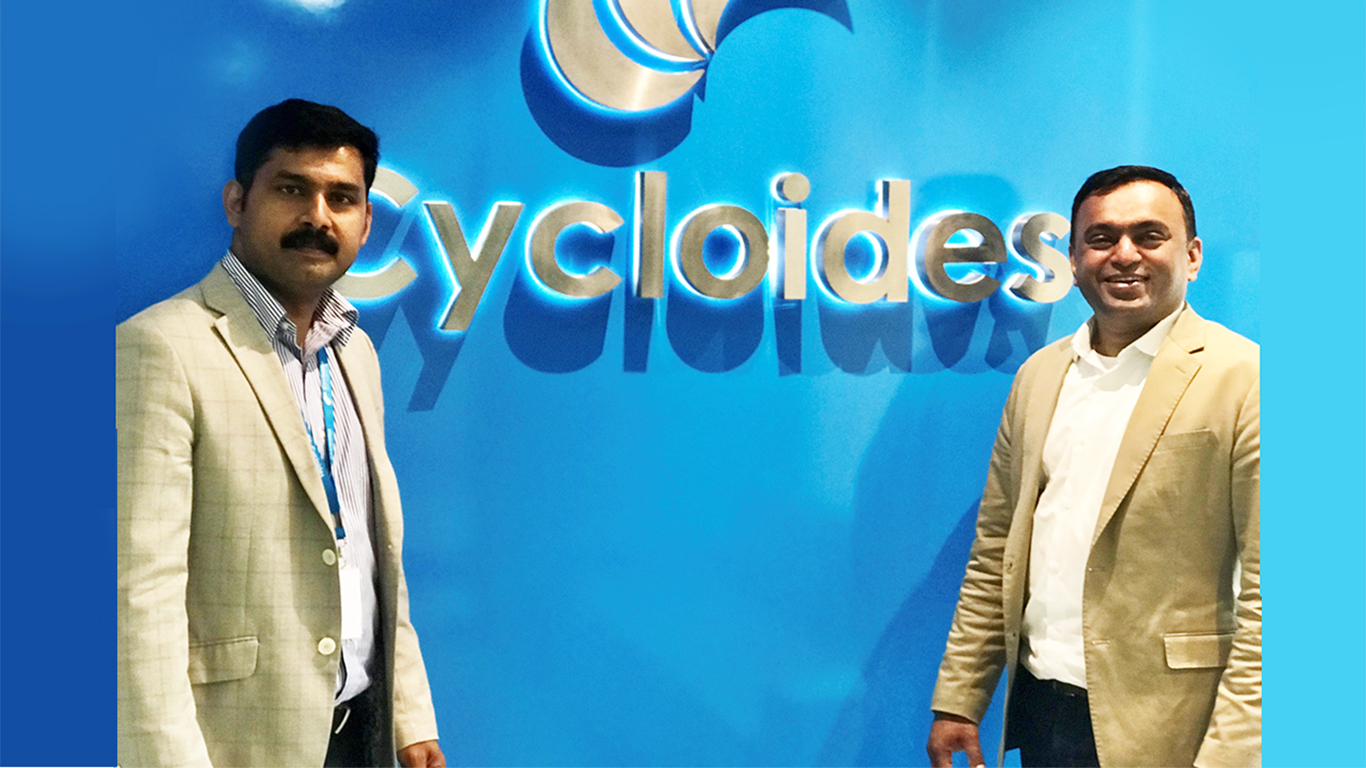The final days of humans performing tedious and repetitive tasks in the world of finance are drawing near. Robotic Process Automation (RPA) offers companies within the financial sector and companies with a finance and/or payroll department the ability to automate many of the tasks associated with day-to-day operations. And more and more companies are making the leap to automation. According to a survey conducted by PwC in 2019, more and more
organization in the financial services sector have been adopting RPA and IA. However, fewer than 20% of respondents have achieved adoption of automation across their entire organization.
The benefits of RPA for your business, regardless of its size, are attractive. It is worth investing in an evaluation of how your business can implement an RPA strategy in 2021. However, it’s important to keep in mind that, as with any technological advancement, RPA does not come without its challenges. Yet, these are challenges that can be overcome, if you plan ahead.
Barriers to RPA Implementation
As technological changes sweep through the financial industry, it takes time for companies to incorporate these changes and adjust to them. Shifting from manual processes to digital automation can be particularly jarring and can raise a number of issues within a company. What follows are the most significant barriers faced by the financial sector when it comes to implementing RPA.
Resistance from Employees
Whenever a new technology is introduced, particularly one that takes over tasks once completed by humans, it is common for employees to be concerned. They might worry that their responsibilities will shift, or worse, that their skills will no longer be needed, and they will lose their job.
The solution is to ensure there is constant communication with employees throughout the entire RPA transition. This communication should include what is expected from them during the transition and what they can expect their role to be once the implementation of RPA is complete. If they know they will keep their job, they will more fully support the transition to automation.
Reluctance to Fully Adopt
Even as employees are brought on board with the implementation of RPA, there can be a lot of hesitancy when it comes to full adoption of the technology. While RPA is implemented to take over repetitive and tedious tasks, making better use of human time, it is common for CAOs and corporate controllers to feel the need to maintain some human interaction with the system.
The need for this constant human presence subtracts from the significant savings of time and money that RPA can provide a company and holds them back from enjoying the full benefits of the automation. One way to avoid this is to run the automation in tandem with the traditional manual operations for a period of time to assess the performance of each in relation to each other. This will help everyone become more comfortable with the fully automated approach.
Poor Process Selection
In order to be a good candidate for RPA, a process must be well-defined and repeatable without the need for human intervention. Ideal processes include tasks like data collection, data migration, and copy-and-paste tasks. However, it is common for companies that want to implement RPA to select processes that aren’t good candidates for automation.
Tasks that require human involvement, such as customer interaction, are a prime example. With this in mind, it is critical for a company to thoroughly review all processes being considered for automation to ensure they are standard, repetitive, and can be done without the need for human intervention.
The Need to Standardize Processes and Overcome Organizational Challenges
Traditionally, IT has been a separate entity to the business side of finance. This creates a challenge in the implementation of RPA that is directly related to the need to standardize processes across an organization and redistribute roles and responsibilities to ensure there is more than just minimal communication between the various departments and teams involved in RPA implementation.
This relates directly to the above point of selecting the processes to which RPA will be applied. When choosing the processes, there can be disagreement as to how these processes understood by the teams involved and how they should be executed. IT must have input here, but also those teams that work in the relevant business departments. Ensuring there is a dedicated manager role to help tie the disparate teams together to ensure strong communication and a smooth RPA implementation is critical to success.
Lack of Compatibility with Legacy Systems
It is common for banks and financial institutions to be using banking technology that is decades old. This includes COBOL software that has been running mainframes since the 1950s and 1960s. When integrating a mainframe with the cloud, there will be issues with transaction volume. There are also issues related to a lack of updated/thorough documentation on all the business rules on which the legacy system has been built, updated, and patched over the decades.
This takes time and financial resources that can be daunting. However, it is a necessary step in the evolution of finance technology, and it requires a holistic digital transformation process that will move the entire organization forward.
Ultimately, the implementation of RPA for financial tasks relies on thorough planning from the very beginning. This makes it possible to educate employees, retrain where necessary, and make sure everyone is on-board. It also makes it possible to ensure the right processes are chosen as candidates for RPA. When this planning is done adequately, it makes the transition to RPA smoother for everyone involved.
Tangentia with more than 17 years of expertise in global project implementation and change management, is in an unique position to deliver seamless RPA projects through its Agile methodology. Contact us today to start your automation journey.
Get Started Today
RPA has been embraced by many sectors, such as medicine, hospitality, retail, & manufacturing. Now, the financial sector is gearing up for a shift in financial management that will see companies digitize and streamline financial processes. Read our latest blog on how financial companies and internal finance teams are looking to RPA to become more efficient in day to day operations.
Read Now



